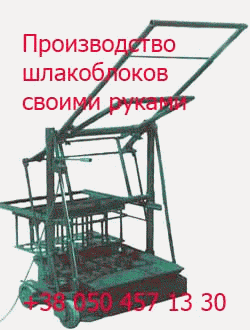The high temperature process explains the excellent heat stability of mixed metal oxides. One known exception is chrome antimony titanate. This compound is heat stable with regard to its composition, but it can still change color upon heat treatment in some engineering plastics or some specific enamels. It is assumed that this unwanted effect relates to the freezing of dopants (like chromium) in non-equilibrium positions, effecting changes in charge transfer bands. This effect can effectively be overcome using mineralizing agents, as mentioned in the patent literature [3.95, 3.96].
Another quality aspect relates to particle size and form. A narrow particle size distribution is normally required for favorable color properties. Due to the calcination process, larger agglomerates are easily formed. They may exist as oversized particles isolated from the main particle size distribution. Such oversized particles impact dispersibility by causing longer grinding times. This effect not only has an influence on the cost of dispersion, but also color stability problems should be anticipated. Mixed metal oxides, particularly the weaker colors like rutile yellows (Pigment Yellow 53, Pigment Brown 24), exhibit a strong color dependence on the grinding time, which is associated with the abrasion of these pigments. Abrasion is not only positively influenced by ensuring that oversized particles are eliminated from the main particle size
|
||||||||||||||||||
|
||||||||||||||||||
|
||||||||||||||||||
|
||||||||||||||||||
|
||||||||||||||||||
|
||||||||||||||||||
distribution by extensive sieving or sifting processes, but also the particle form is of great impact. A spherical particle shape for rutile yellows is favorable, which tends to become more irregular with higher calcination temperatures. Recent developments have lead to darker, redder and more saturated chrome titanates, which still have a favorable spherical particle shape and thus lower abrasion.
Chemical conversion and the finishing process are typically controlled by ensuring that the produced batch fits coloristically the tight color specifications, which can be obtained for single pigment manufacturing. Properties like pH and water-soluble salts are also regularly monitored in order to ensure consistency in wetting and dispersion. Extractable metal analysis may complement quality control in order to ensure compliance with regulations.
3.1.3.3
 3 ноября, 2015
3 ноября, 2015  Pokraskin
Pokraskin  Опубликовано в рубрике
Опубликовано в рубрике 